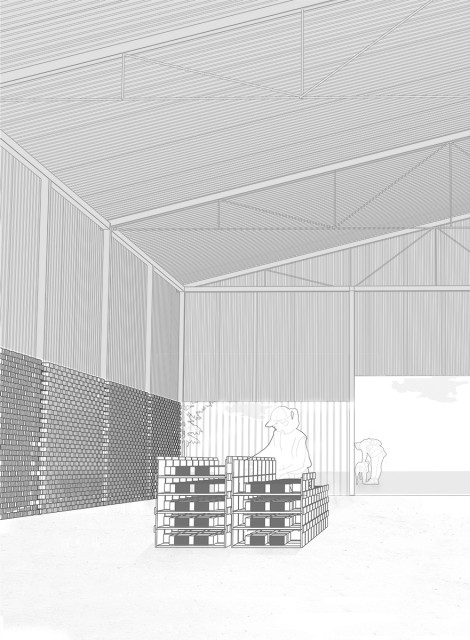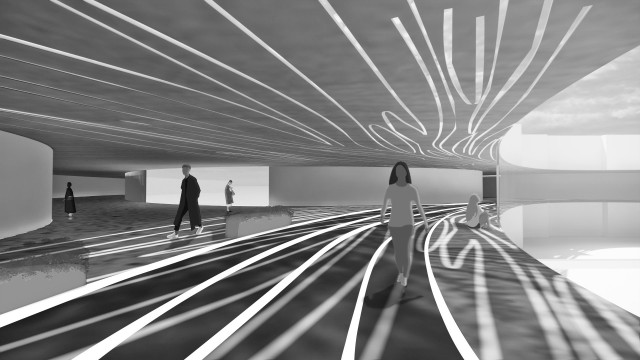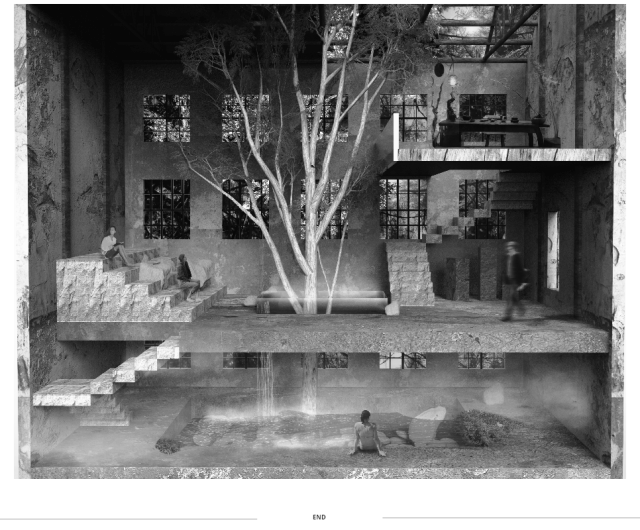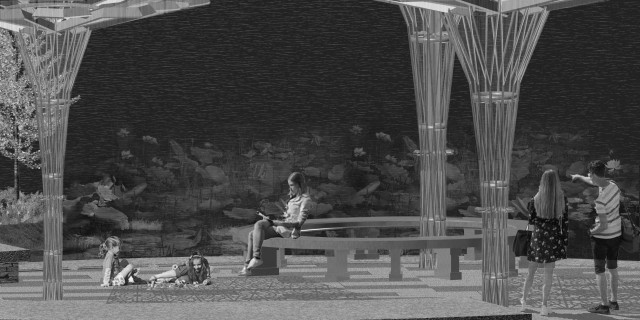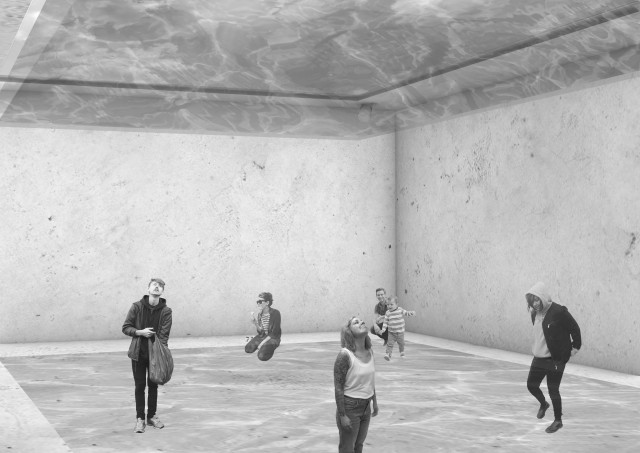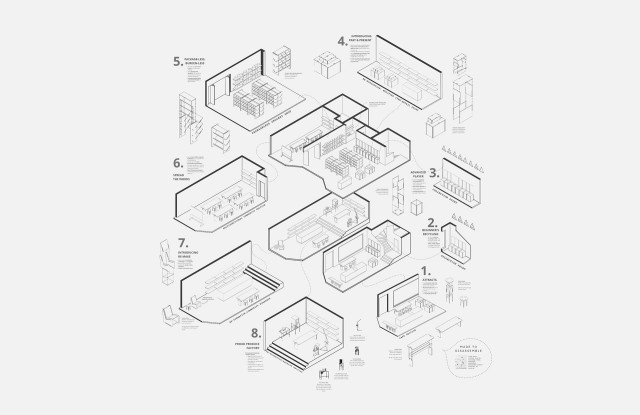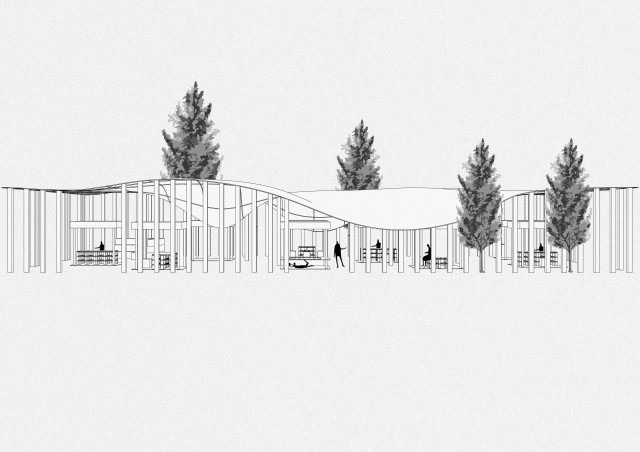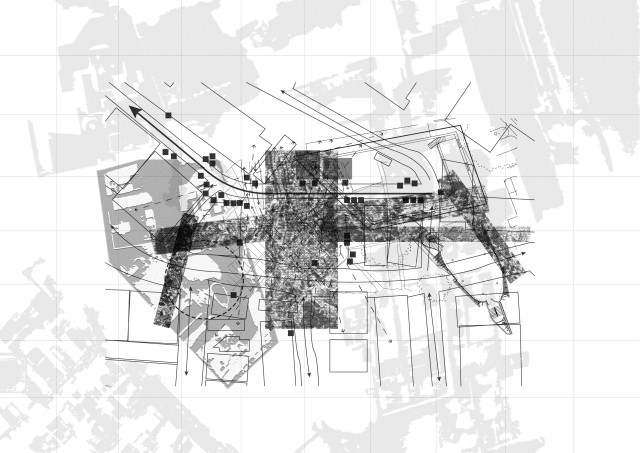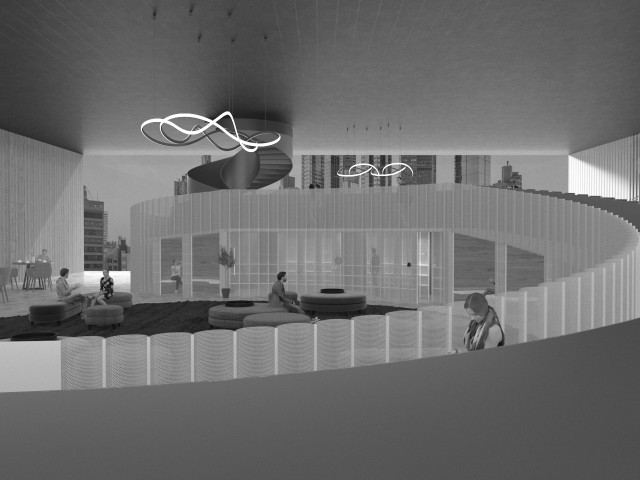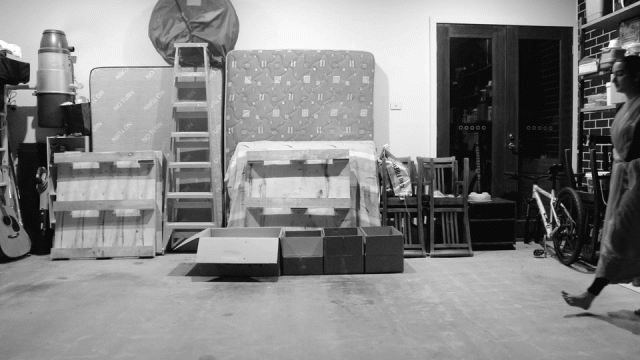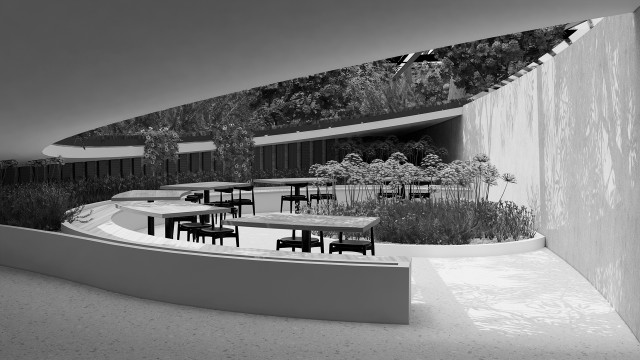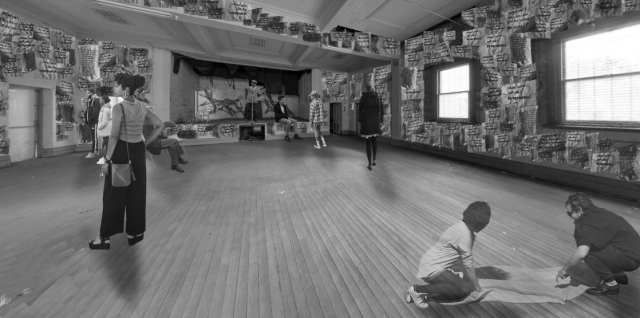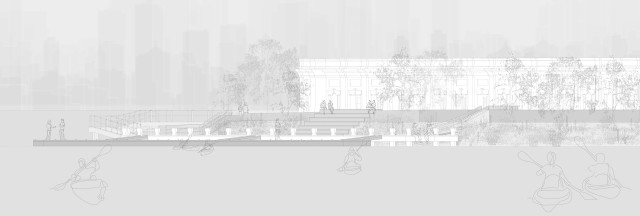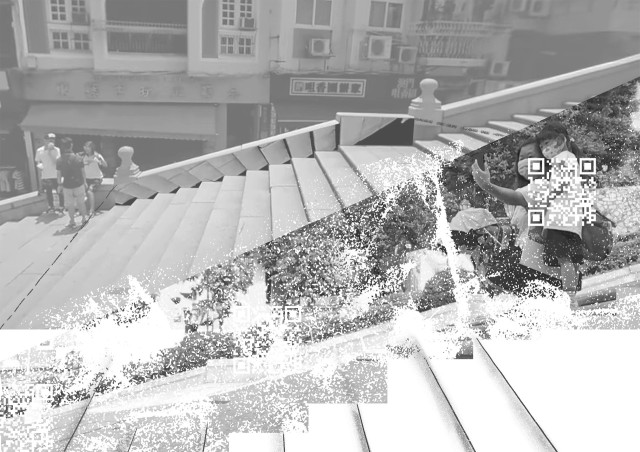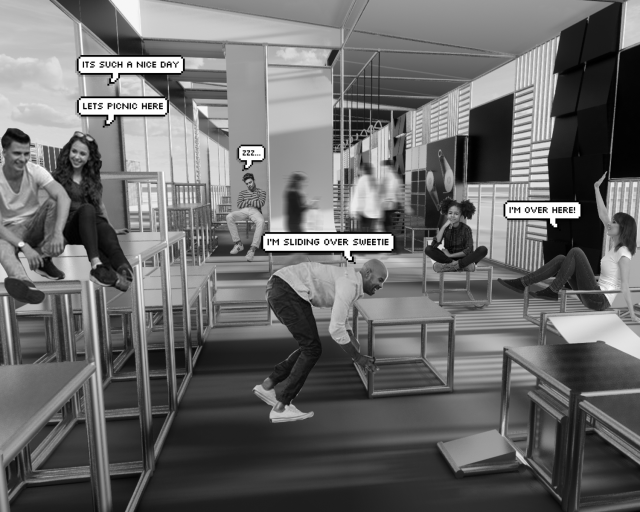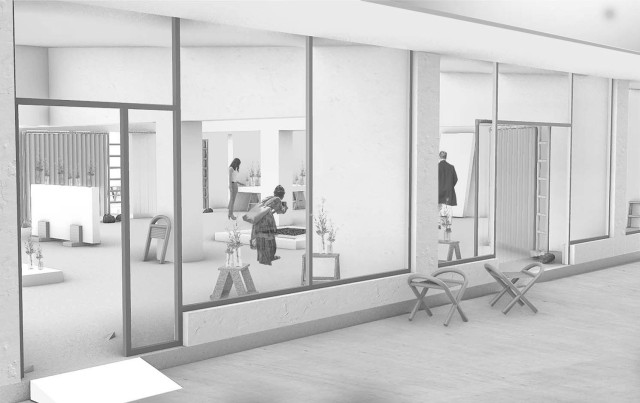Tom Dong Chen, City in the Garden [×]
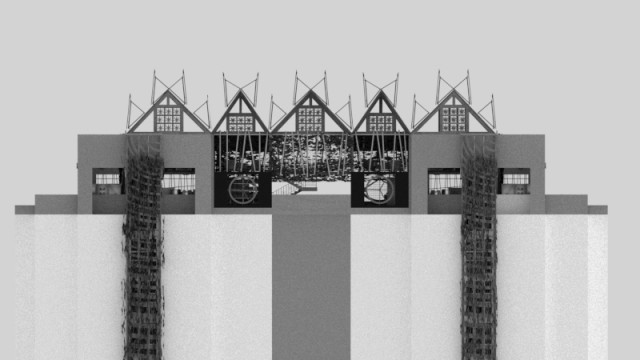
How can interior design informed by traditional and new technologies rethink the way space and resources are used in residential buildings in China? How can interior design help mitigate waste and energy consumption whilst also enhancing a sense of community and quality of life in China’s apartment buildings?
I am undertaking a speculative project that rethinks the way interior and exterior space is used in Chinese Residential Apartment Buildings to enhance the use of resources, recycling and renewable energy. In the past year large sections of China have experienced power shortages as the nation attempts to minimise coal power energy generation. Over a billion people live in residential apartment buildings in China. Through design initiatives informed by both old and new technologies in conservation, recycling, agriculture, ventillation and energy generation, I imagine how such simple small innovations applied across this vast residential sector in China could reduce energy consumption and make a substantial contribution to the problems of climate change.
Early research for ‘The Garden in the City ’ was conducted in Pudong (Shanghai) and the surrounding area of Linyuxi Community where due to the Covid crisis I have lived and studied for almost two years. In the first semester I explored ideas of systems thinking and ecological approaches to problems of climate change. I have looked at advances in technology including the renewable energy internet. I also have reflected on the way that the traditional agrarian values in China that I I have seen first-hand through the farming practices of my Grandparents has much to offer this issue. Respect and reuse of materials, composting, recycling of grey water, maximizing space usage and a preference for the use of public space are all approaches that I feel strongly can inform approaches to city living. I seek ways to combine the old and the new in rethinking the way interior and exterior spaces are used in the building where I live. These residential apartments entrench a new individualism in Chinese life and use substantial power for cooling and heating.
In particular I have focused on a reimagining of unused rooftop space in a way that emulates traditional agrarian water saving and composting but also employs wind and solar technology. I have proposed a space for a community garden that utilises existing environmental conditions. Additionally, I have reconceived the ubiquitous inner stairwell of Chinese apartment buildings using passive cooling systems in the more temperate months to reduce airconditioning. How could passively cooled and heated communal and private spaces encourage greater use of public space and less use of private air-conditioning?
These simple innovations to the residential apartments in China could have far reaching effects both environmental and social. Interior design will play an important role in addressing the challenges of climate change and the possible harmonising of traditional approaches to building interiors combined with advances in technology to make for a more sustainable and improved future.






































